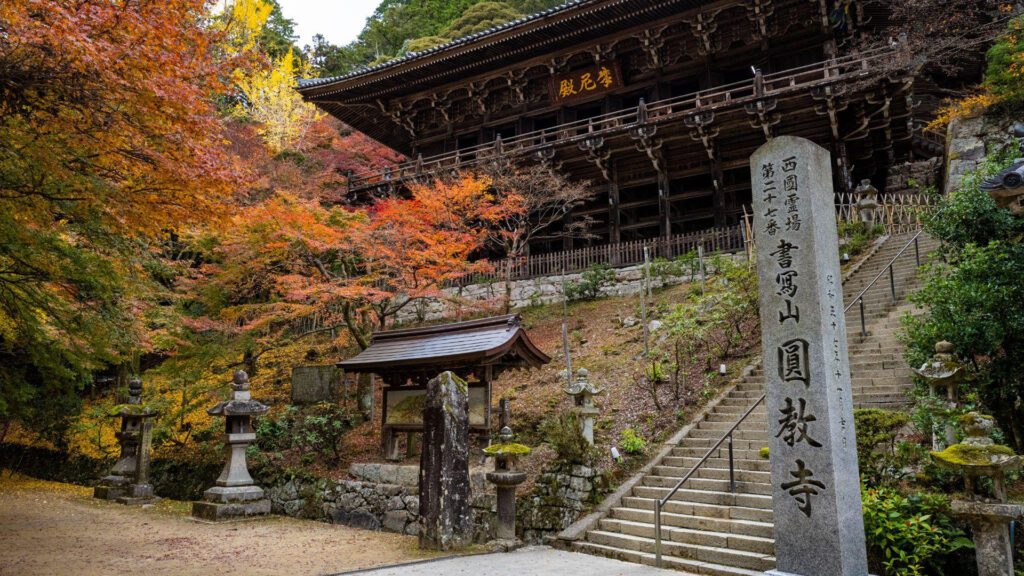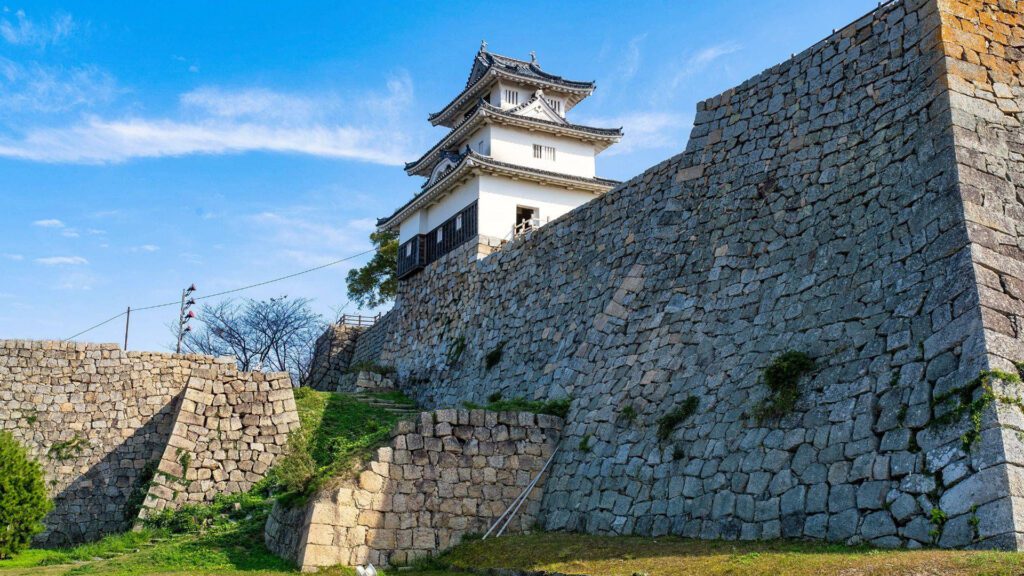JAPAN HAS seen a huge resurgence in overseas visitors, with inbound entries topping the two million mark in June. Demand is only likely to increase when the leaves start to turn and the cherry blossom season is in full swing.
While perennial favourites like Kyoto are sure to be crowded, the Setouchi region shines during this time of the year. Comprising many of the prefectures that surround the Seto Inland Sea, Setouchi has everything that foliage fans and curious travellers could ever want.
Conveniently located slightly off Japan’s ever-popular Golden Route’, the Setouchi region’s attractions also tend to be far less crowded than mainstream destinations.
Begin your adventure at Shin-Osaka Station and make your way to Hyogo Prefecture’s city of Himeji. From Shin-Osaka Station, Himeji Station can be reached in a little over a half an hour on the Tokaido-Sanyo Shinkansen.
After arriving in Himeji, the historic Himeji Castle and the gardens of Koko-en can be reached in just a few minutes by bus or on foot. The building is one of 12 originals and is widely regarded as the finest surviving example of prototypical Japanese castle architecture.
Directly next door is Koko-en, a traditional Japanese garden that was constructed recently on the former site of the feudal lord’s western residence.
Alternatively, the mountaintop temple complex of Shoshazan can be reached via bus from Himeji Castle. This is where parts of The Last Samurai were filmed.
After enjoying Himeji, get back on the bullet train and head down to Okayama and the Bizen Osafune Japanese Sword Museum.
Located in a town that once flourished as a major producer of swords, this facility teaches visitors everything that they could ever want to know about blade smithing in Japan. There is also an adjacent workshop where you can see a set of artisans work with tamahagane steel.
Also well worth a visit is Okayama Prefecture’s Bitchu-Matsuyama Castle which is set atop a 430-metre-high bluff. It is best accessed via rental car, preferable to public transport or hiking.
The best time to arrive is just after sunrise when an early morning mist lingers in the valley, creating a visual effect that makes the castle look as if it is floating.

Kokoen

Marugame Castle
Those with a rental car will also find Fukiya Furusato Village worth checking out.
Once a flourishing town thanks to copper mining, this hamlet-in-the-mountains is known for its uniform red buildings. The colour comes from bengara’, a pigment made from oxidized iron which the village is famous for.
Formerly a prosperous merchant town, the Kurashiki Bikan Historical Quarter is known for its traditional white walls and the willow trees lining the banks of the Kurashiki River that runs through the centre of the district.
Another suggestion is to take the Seto-Ohashi Line over the Seto Bridge to Takamatsu.
Located on the island of Shikoku, Takamatsu is a port city on the coast of the Seto Inland Sea and the capital of Kagawa, Japan’s smallest prefecture. Here, you’ll find the likes of the Takamatsu Castle Ruins as well as several other spots of interest.
In addition to Takamatsui’s prefecture’s famed Sanuki Udon noodles, Honetsukidori is one of Kagawa’s famed delicacies. Located directly on the Seto Inland Sea, the city is home to some upmarket hotels and ryokan. Great places to stay include Hanajyukai and Anabuki-tei.
Also, while in Setouchi visit Marugame Castle (one of the 12 originals) while the gardens of Ritsurin Koen are memorable during October and November.
Since Ritsurin Koen is closer to Takamatsu’s city centre, it would make sense to visit it first then continue to Marugame Castle. For lovers of local foliage, both are worth a visit, as are the shrine grounds of Kotohira-gu.
Takamatsu also offers bonsai experiences: the area is responsible for upwards of 80 per cent of the domestic market’s production. Though fully raising a bonsai takes years, visitors can learn about the art form and see what the work involves while in Takamatsu.







